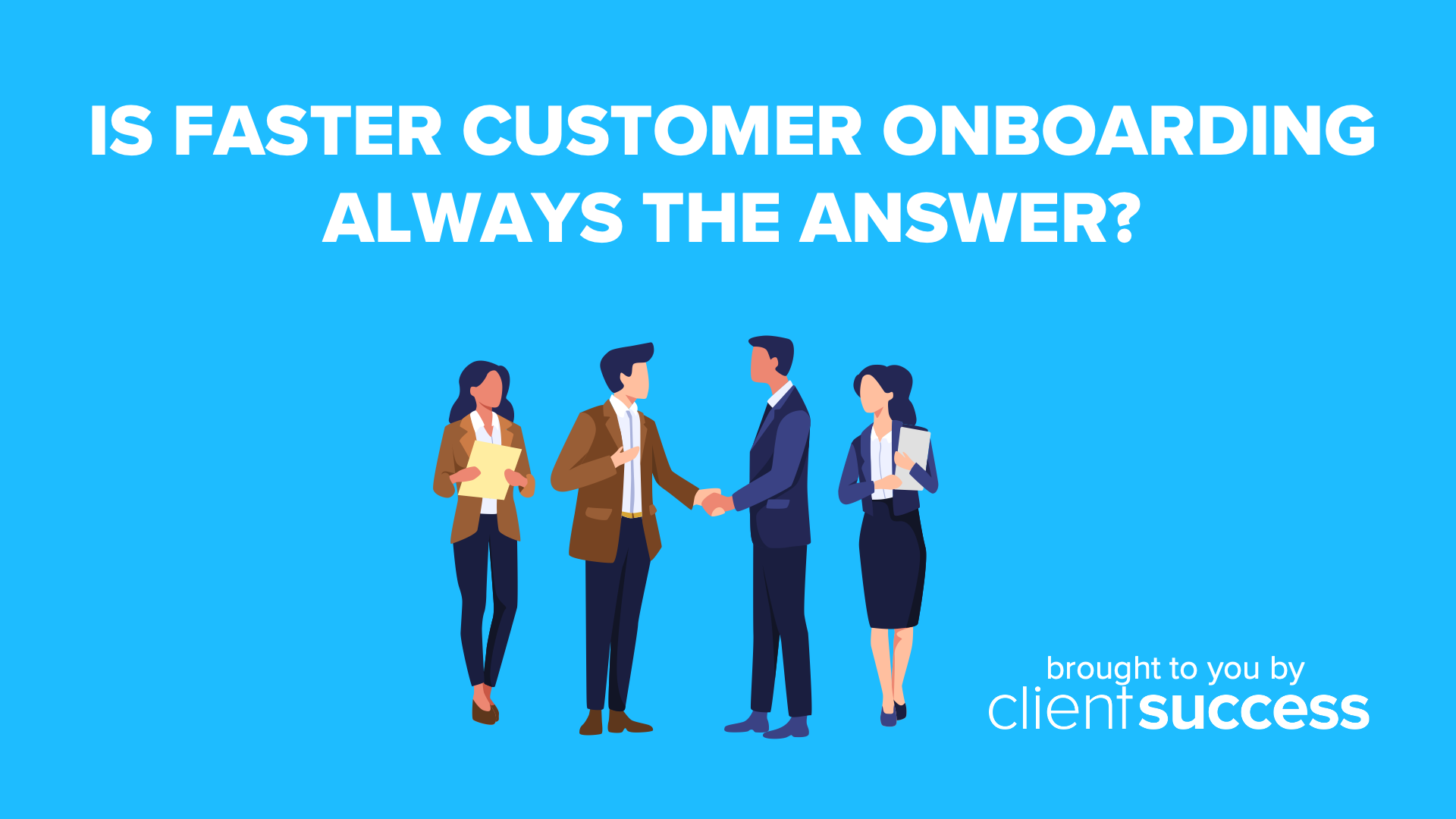
Auctor purus, aliquet risus tincidunt erat nulla sed quam blandit mattis id gravida elementum, amet id libero nibh urna nisi sit sed. Velit enim at purus arcu sed ac. Viverra maecenas id netus euismod phasellus et tempus rutrum tellus nisi, amet porttitor facilisis aenean faucibus eu nec pellentesque id. Volutpat, pellentesque cursus sit at ut a imperdiet duis turpis duis ultrices gravida at aenean amet mattis sed aliquam augue nisl cras suscipit.
At elit elementum consectetur interdum venenatis et id vestibulum id imperdiet elit urna sed vulputate bibendum aliquam. Tristique lectus tellus amet, mauris lorem venenatis vulputate morbi condimentum felis et lobortis urna amet odio leo tincidunt semper sed bibendum metus, malesuada scelerisque laoreet risus duis.

Ullamcorper pellentesque a ultrices maecenas fermentum neque eget. Habitant cum esat ornare sed. Tristique semper est diam mattis elit. Viverra adipiscing vulputate nibh neque at. Adipiscing tempus id sed arcu accumsan ullamcorper dignissim pulvinar ullamcorper urna, habitasse. Lectus scelerisque euismod risus tristique nullam elementum diam libero sit sed diam rhoncus, accumsan proin amet eu nunc vel turpis eu orci sit fames.
“Sit enim porttitor vehicula consequat urna, eleifend tincidunt vulputate turpis, dignissim pulvinar ullamcorper”
Nisi in sem ipsum fermentum massa quisque cursus risus sociis sit massa suspendisse. Neque vulputate sed purus, dui sit diam praesent ullamcorper at in non dignissim iaculis velit nibh eu vitae. Bibendum euismod ipsum euismod urna vestibulum ut ligula. In faucibus egestas dui integer tempor feugiat lorem venenatis sollicitudin quis ultrices cras feugiat iaculis eget.
Id ac imperdiet est eget justo viverra nunc faucibus tempus tempus porttitor commodo sodales sed tellus eu donec enim. Lectus eu viverra ullamcorper ultricies et lacinia nisl ut at aliquet lacus blandit dui arcu at in id amet orci egestas commodo sagittis in. Vel risus magna nibh elementum pellentesque feugiat netus sit donec tellus nunc gravida feugiat nullam dignissim rutrum lacus felis morbi nisi interdum tincidunt. Vestibulum pellentesque cursus magna pulvinar est at quis nisi nam et sed in hac quis vulputate vitae in et sit. Interdum etiam nulla lorem lorem feugiat cursus etiam massa facilisi ut.
In the world of customer success, the idea of speed has somehow taken root and become an overarching goal for many teams. We have to get this issue resolved as quickly as possible, and this renewal process is taking too long – how can we speed it up are just two examples of conversations that have probably happened in every single customer success department meeting. But when it comes to onboarding, how important is speed to success?
The customer onboarding and implementation process happens right after the sales deal closes and is often the first impression a new customer has of their customer support contacts and group. For this reason – and to deliver the highest level of service possible – many CSMs push for the fastest onboarding possible. But is a fast customer onboarding stage always the answer? Let's take a look at the two sides:
Customer onboarding should be a well-oiled machine, and a fast onboarding process proves the readiness, eagerness, and overall competency of a CSM and their implementation team. In today's modern SaaS environment, customers expect a top-tier customer experience, and a speedy onboarding helps set the stage for what's to come in the customer relationship. Plus, getting the customer onboarded and using the platform faster allows them to see value as soon as possible – and CSMs can go in and fix all the issues later.
A faster onboarding process:
After going through a drawn-out sales process and making a significant business decision that will impact multiple aspects of an organization over the next few years, the last thing a customer team wants to do is go through a copy-paste onboarding experience that is trying to get the customer in and out as soon as possible. Slowing things down, planning out milestones, and taking time to deliver exactly what the customer is looking for during the onboarding process can help ensure a customer success team is delivering precisely what the customer is looking for – every single time.
A slower onboarding process:
While there is no one-size-fits-all answer to this age-old customer success question, one recommendation is to approach each customer onboarding as its own unique situation. A faster onboarding process may make more sense for customers who are more familiar with your product or offering, have a strong internal team working on the project, and are equipped to hit the ground running. On the other hand, customers who need more training, implementation help, or need to move slower, in general, could benefit from a more tailored, drawn-out, and focused onboarding process.
You can learn more about customizing onboarding for your customers with these additional resources from ClientSuccess: